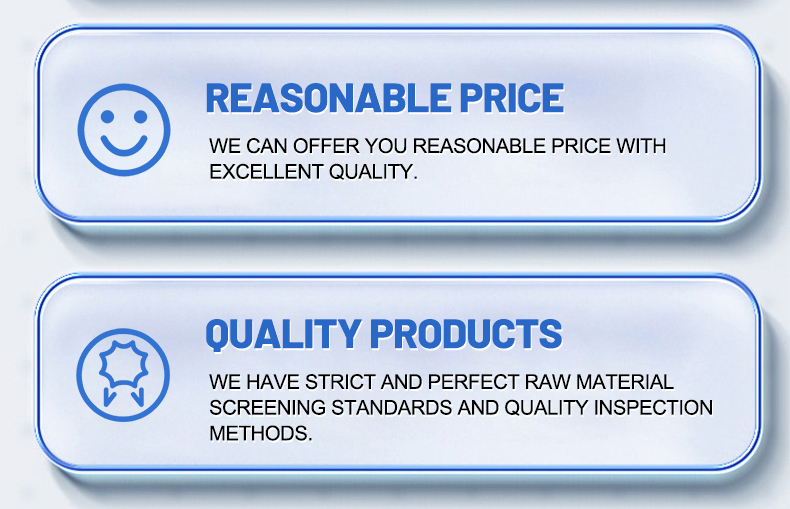

| Availability: | |
|---|---|
| Quantity: | |
The choice of material for the core of an oil-immersed distribution transformer is critical to its performance and efficiency.
1.Silicon Steel Laminations
Silicon steel is the most commonly used material for distribution transformer cores because of its good permeability and low hysteresis losses. The addition of silicon can reduce the iron loss and improve the efficiency of the transformer.
2.High permeability silicon steel:
On the basis of traditional silicon steel, this material further improves the permeability and reduces the energy loss, and is especially suitable for high-efficiency transformers.
3.Amorphous alloys:
Amorphous alloy is the 1 new material, it has no crystal structure, so it has lower hysteresis loss and eddy current loss, making the transformer using this material more energy-saving. However, the cost of amorphous alloy materials is high, and the processing is difficult.
4.Nanocrystalline alloys:
Nanocrystalline materials combine the advantages of amorphous materials with superior mechanical properties, providing very low losses and high saturation magnetic induction, which is suitable for high-performance distribution transformers.
5.Grain-Oriented Electrical Steel:
Grain oriented electrical steel is the 1 kind of advanced material specially used for power transformer core. Its crystal structure has been specially treated to arrange in one direction, which significantly reduces the energy required for magnetization and improves efficiency.
5.Non-Grain-Oriented Electrical Steel:
Compared with oriented electrical steel, the crystal structure of non-oriented electrical steel is not unidirectionally aligned, but it can still provide good magnetic properties and is suitable for applications requiring multi-directional magnetization.
![]()



Environmental Factors
Q1: How does temperature impact the core?
A1: Temperature can cause thermal expansion and contraction, potentially affecting mechanical stability. Proper cooling mechanisms prevent overheating and maintain optimal operating conditions.
Q2: Can the core be affected by environmental factors?
A2: Yes, exposure to moisture can lead to corrosion and decreased insulation resistance. Ensuring adequate sealing and using high-quality materials helps mitigate these risks.
Safety and Standards
Q3: Are there safety concerns related to the core?
A3: While not inherently dangerous, failures in the core can lead to overheating and potential fire hazards. Adhering to manufacturer guidelines and regular inspections minimize such risks.
Q4: What standards apply to transformer cores?
A4: Transformer cores must comply with international standards like IEC 60076 series and IEEE C57.12 series, which specify requirements for design, performance, and testing.
Q5: What are common issues with transformer cores?
A5: Issues may include increased noise levels, excessive heating, or reduced efficiency, often stemming from poor material quality, inadequate cooling, or improper installation.
Q6: How can one diagnose core-related problems?
A6: Monitoring temperature, sound levels, and performance metrics can help identify core issues. Diagnostic tests such as no-load tests can also reveal underlying problems.
The choice of material for the core of an oil-immersed distribution transformer is critical to its performance and efficiency.
1.Silicon Steel Laminations
Silicon steel is the most commonly used material for distribution transformer cores because of its good permeability and low hysteresis losses. The addition of silicon can reduce the iron loss and improve the efficiency of the transformer.
2.High permeability silicon steel:
On the basis of traditional silicon steel, this material further improves the permeability and reduces the energy loss, and is especially suitable for high-efficiency transformers.
3.Amorphous alloys:
Amorphous alloy is the 1 new material, it has no crystal structure, so it has lower hysteresis loss and eddy current loss, making the transformer using this material more energy-saving. However, the cost of amorphous alloy materials is high, and the processing is difficult.
4.Nanocrystalline alloys:
Nanocrystalline materials combine the advantages of amorphous materials with superior mechanical properties, providing very low losses and high saturation magnetic induction, which is suitable for high-performance distribution transformers.
5.Grain-Oriented Electrical Steel:
Grain oriented electrical steel is the 1 kind of advanced material specially used for power transformer core. Its crystal structure has been specially treated to arrange in one direction, which significantly reduces the energy required for magnetization and improves efficiency.
5.Non-Grain-Oriented Electrical Steel:
Compared with oriented electrical steel, the crystal structure of non-oriented electrical steel is not unidirectionally aligned, but it can still provide good magnetic properties and is suitable for applications requiring multi-directional magnetization.
![]()



Environmental Factors
Q1: How does temperature impact the core?
A1: Temperature can cause thermal expansion and contraction, potentially affecting mechanical stability. Proper cooling mechanisms prevent overheating and maintain optimal operating conditions.
Q2: Can the core be affected by environmental factors?
A2: Yes, exposure to moisture can lead to corrosion and decreased insulation resistance. Ensuring adequate sealing and using high-quality materials helps mitigate these risks.
Safety and Standards
Q3: Are there safety concerns related to the core?
A3: While not inherently dangerous, failures in the core can lead to overheating and potential fire hazards. Adhering to manufacturer guidelines and regular inspections minimize such risks.
Q4: What standards apply to transformer cores?
A4: Transformer cores must comply with international standards like IEC 60076 series and IEEE C57.12 series, which specify requirements for design, performance, and testing.
Q5: What are common issues with transformer cores?
A5: Issues may include increased noise levels, excessive heating, or reduced efficiency, often stemming from poor material quality, inadequate cooling, or improper installation.
Q6: How can one diagnose core-related problems?
A6: Monitoring temperature, sound levels, and performance metrics can help identify core issues. Diagnostic tests such as no-load tests can also reveal underlying problems.